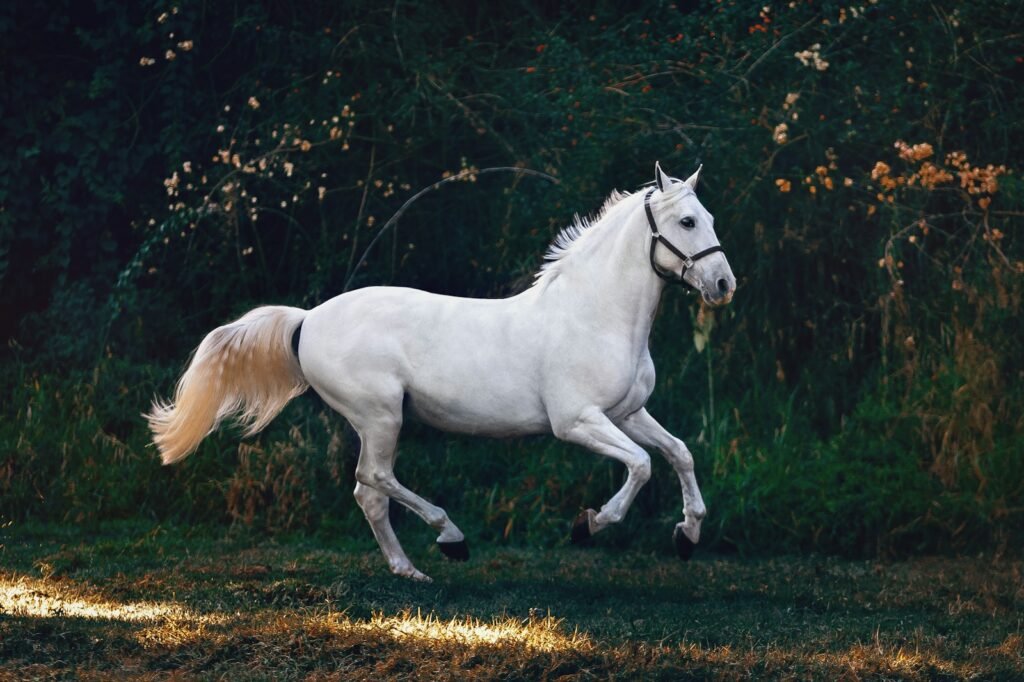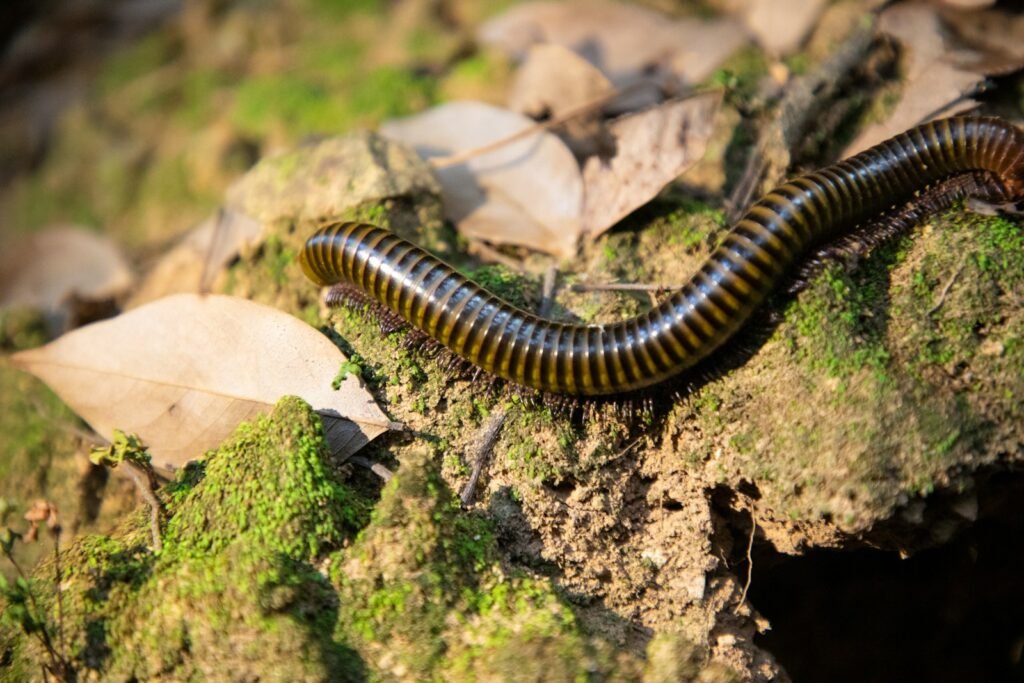For centuries, humans have turned to animals as mirrors of their own inner worlds—symbols of courage, wisdom, or instinct. From ancient totems to modern psychology, the idea that our personalities can be reflected in nature’s creatures endures. Today, this fusion of psychology and symbolism finds new expression through the Enneagram, a personality model describing nine interconnected types, each with its own fears, desires, and motivations. But what if these nine archetypes could be embodied not by words, but by wildlife? Pairing each Enneagram type with a “spirit animal” reveals how deeply our instincts—and theirs—overlap. Scientists, too, are finding that studying animal behavior can illuminate the emotional blueprints of human nature itself.
Type One: The Reformer — The Eagle
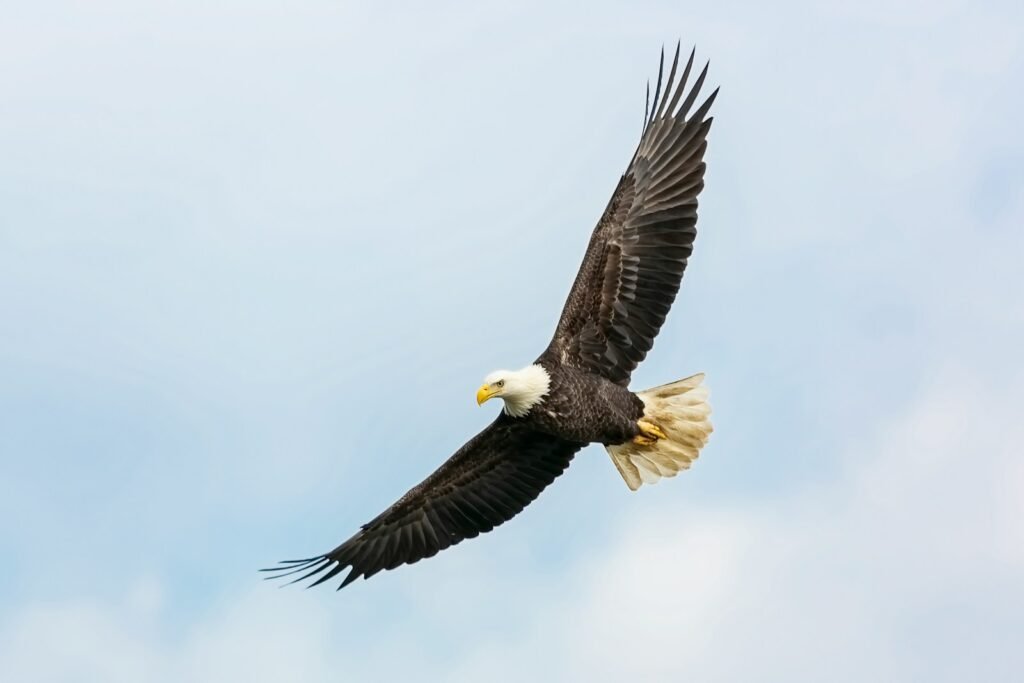
Majestic, disciplined, and precise, the eagle mirrors the moral compass of the Enneagram One. Known for its laser-sharp focus and commanding presence, the eagle symbolizes integrity and purpose—traits shared by those who strive to make the world better. Ones, like eagles, soar high with a vision of perfection and order, yet both risk burnout when their drive for excellence turns into self-criticism.
Behavioral ecologists note that eagles meticulously maintain their nests and patrol their territories with near-military precision—a reflection of the One’s sense of duty. In psychological terms, their behavior resonates with a “principled vigilance,” a pattern also found in conscientious human temperaments. Both eagle and Reformer live by structure, guided by an internal code that demands alignment between belief and action.
Type Two: The Helper — The Dolphin
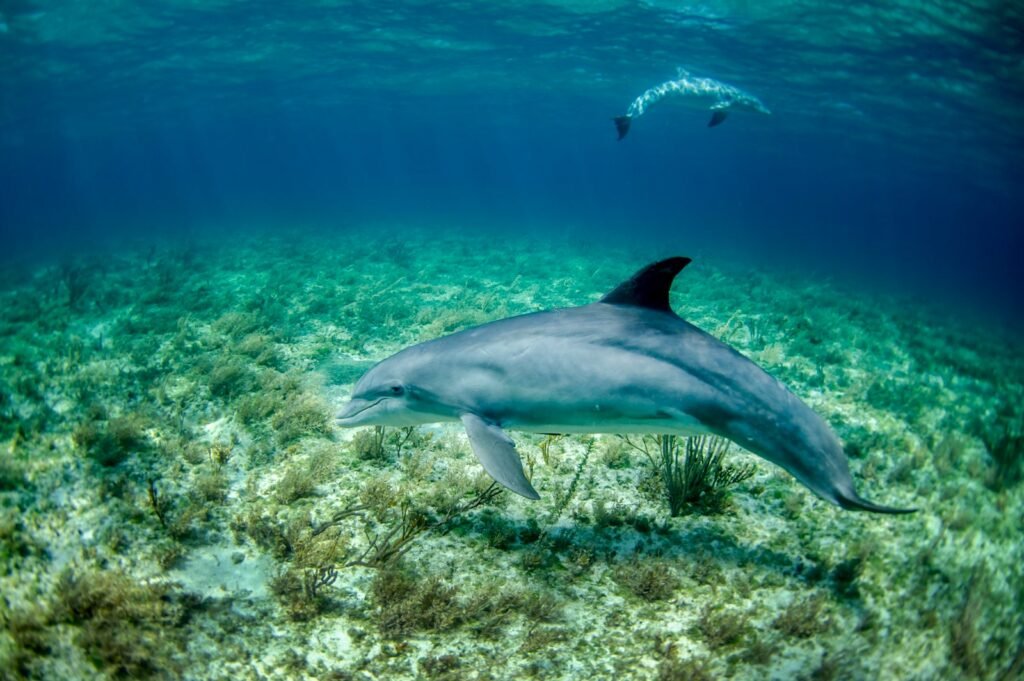
Empathetic, nurturing, and deeply social, the dolphin captures the open-hearted generosity of the Enneagram Two. Dolphins are renowned for their altruistic instincts—rescuing injured companions and even assisting humans in distress. This parallels the Two’s innate drive to connect, comfort, and heal.
Marine biologists studying dolphin pods have documented acts of “empathetic mimicry,” where dolphins respond to distress calls with synchronized behaviors—an aquatic echo of the Two’s emotional attunement. Yet, just as dolphins risk exhaustion from constant vigilance toward others, Twos can lose themselves in service, forgetting to care for their own needs. The dolphin’s song, fluid and expressive, reflects the Two’s emotional language: connection through care.
Type Three: The Achiever — The Cheetah
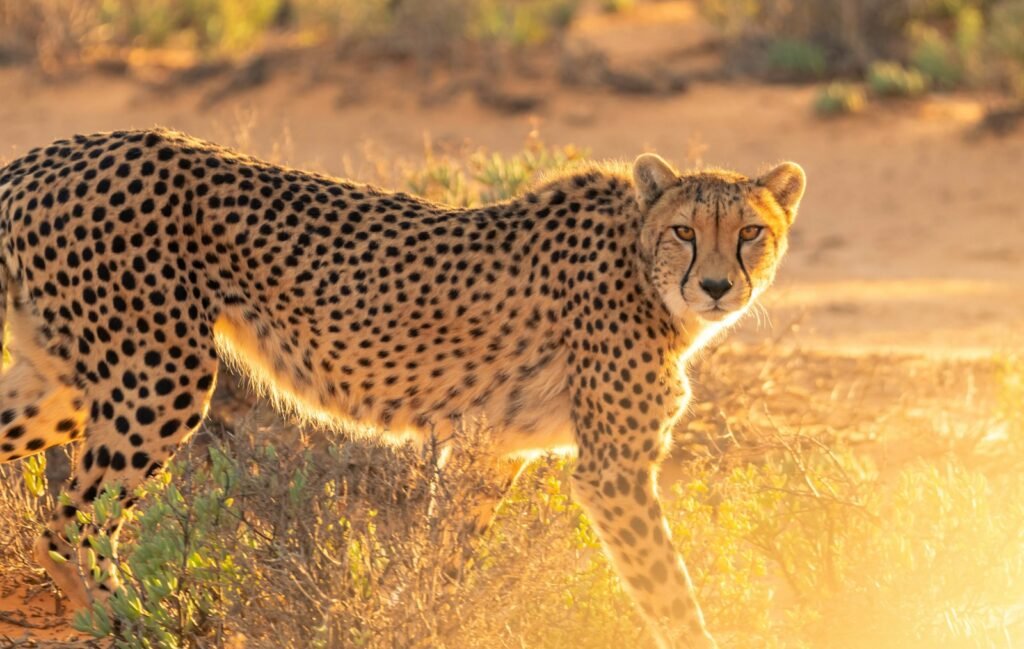
Sleek, ambitious, and relentlessly goal-driven, the cheetah embodies the essence of the Enneagram Three. The fastest land animal, it represents focus, adaptability, and the pursuit of excellence. For Threes, life is a race toward accomplishment—a drive that mirrors the cheetah’s need for speed and efficiency in every movement.
Behaviorally, both are performance-oriented. Zoologists have observed that cheetahs conserve energy meticulously, sprinting only when success is certain—a reminder that achievement, when balanced with strategy, leads to true mastery. Yet the cheetah’s solitary hunts also reflect the Three’s private fear of failure, hidden behind the glamour of success. Beneath both lies a yearning for recognition—not vanity, but validation of worth.
Type Four: The Individualist — The Snow Leopard
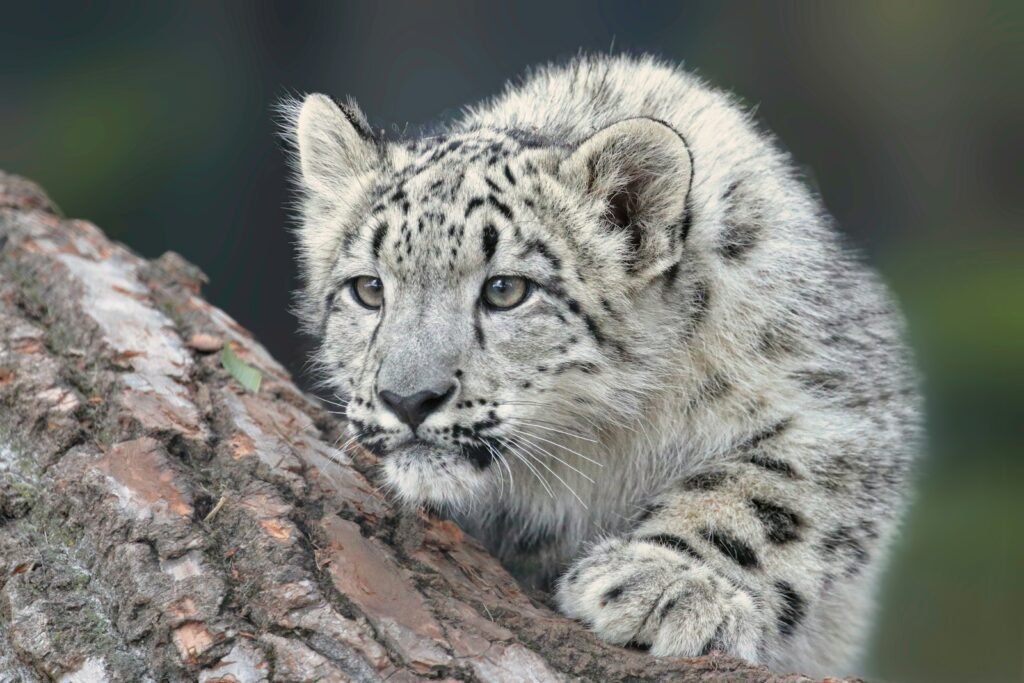
Mysterious, elusive, and deeply introspective, the snow leopard personifies the soulful solitude of the Enneagram Four. Found in the high mountain ranges of Central Asia, this animal thrives in isolation, a poetic embodiment of beauty amid harshness. Like the snow leopard, Fours often see the world through an aesthetic lens, drawn to what is rare and emotionally profound.
Wildlife researchers describe snow leopards as “ghosts of the mountains,” creatures of both grace and melancholy. They leave silent tracks across vast distances, much as Fours wander through inner landscapes of longing and creativity. Their resilience in extreme environments mirrors the Four’s emotional endurance—the ability to find meaning even in pain. Both radiate a quiet strength that comes not from dominance, but from depth.
Type Five: The Investigator — The Owl
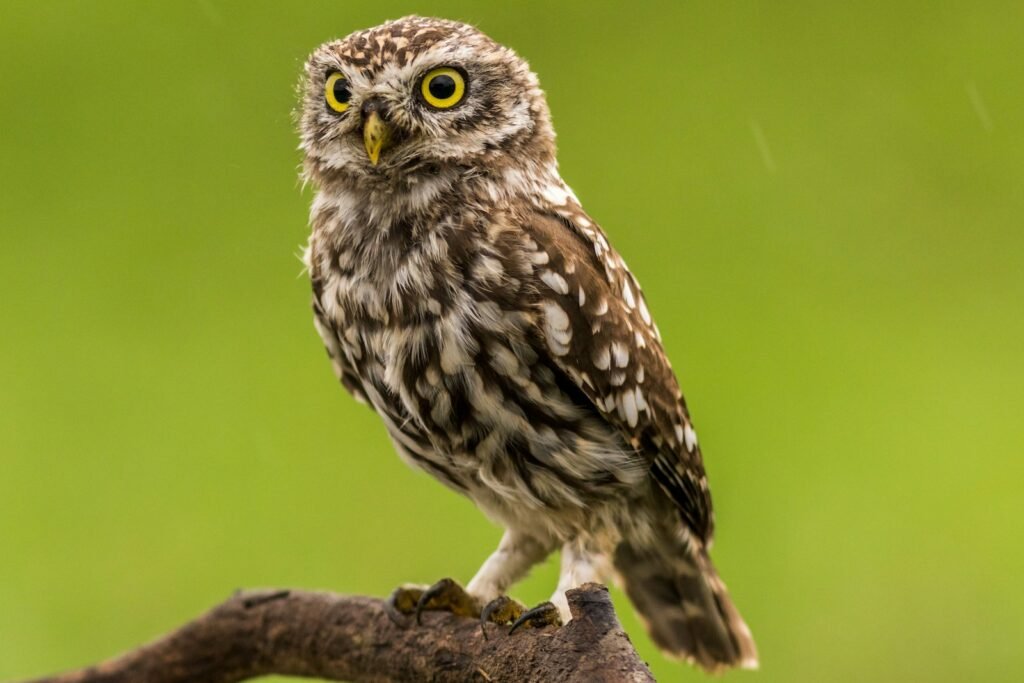
Silent observers of the night, owls epitomize the intellect and curiosity of the Enneagram Five. Known for their keen perception and ability to see what others overlook, owls symbolize wisdom born from solitude—a fitting reflection of the Investigator’s analytical and reflective nature.
Neuroethologists studying owl cognition have uncovered complex problem-solving skills, including adaptive hunting strategies and rapid learning patterns. Similarly, Fives thrive on gathering knowledge and mastering systems, often preferring observation over participation. Yet both face the same paradox: deep understanding can lead to detachment. The owl’s stillness, often mistaken for coldness, is in truth its greatest strength—focused awareness unmarred by distraction.
Type Six: The Loyalist — The Wolf
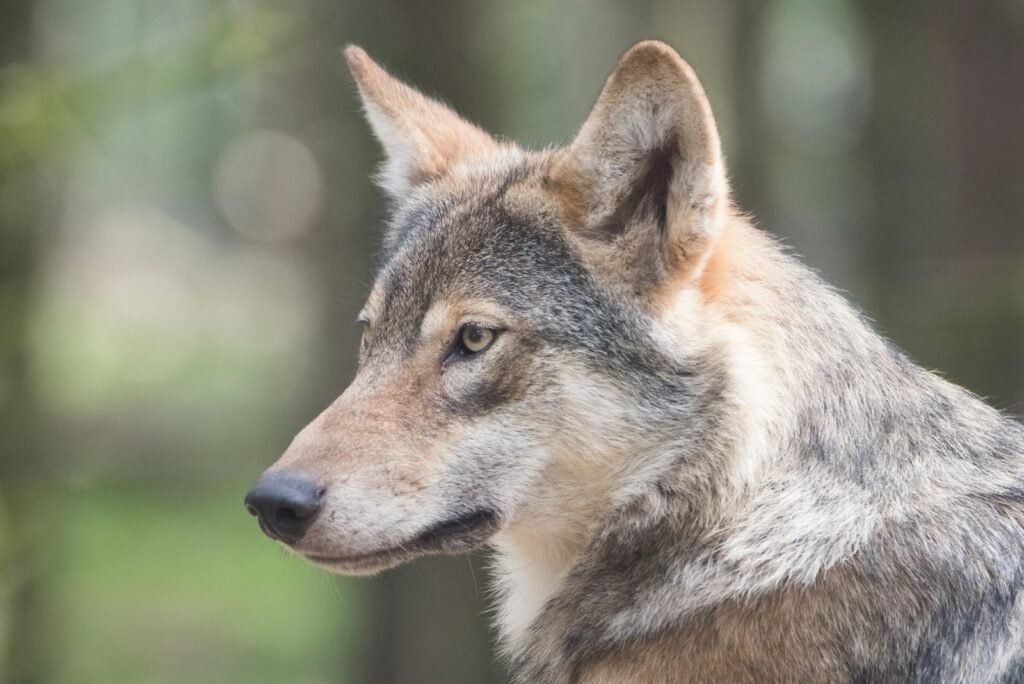
No animal captures the loyalty and communal instinct of the Enneagram Six better than the wolf. Wolves survive through trust, cooperation, and vigilance—values that also define the Six’s world. Both rely on group stability for safety, and both guard their circles with unwavering dedication.
Ethologists have long admired the wolf’s intricate social structures, built on hierarchy, protection, and mutual dependence. Their howls, used to maintain cohesion across miles, echo the Six’s instinct to maintain connection through reassurance and loyalty. But fear—of abandonment or betrayal—can shadow their strength. Like wolves in the wild, Sixes thrive when they trust their own instincts as much as they trust their pack.
Type Seven: The Enthusiast — The Parrot
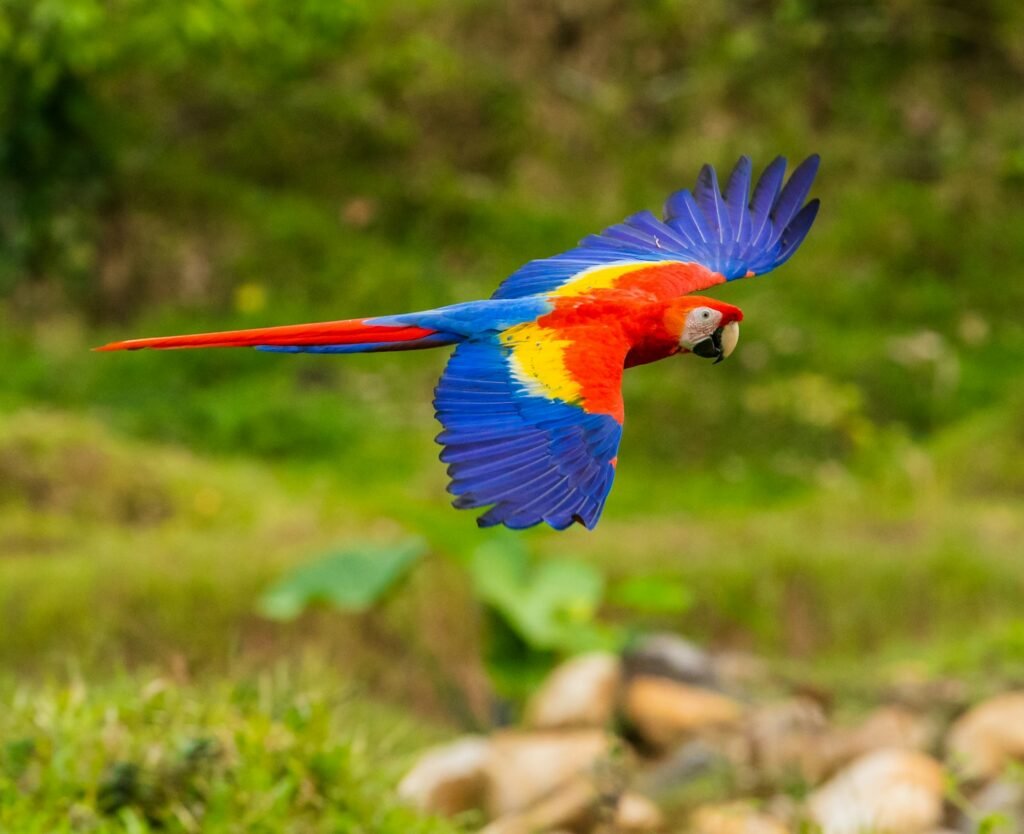
Colorful, clever, and endlessly curious, the parrot symbolizes the boundless energy of the Enneagram Seven. These highly intelligent birds explore, mimic, and play with a contagious zest for life. For Sevens, experience itself is the ultimate adventure—each new horizon a source of excitement and possibility.
Studies on parrot cognition reveal problem-solving abilities rivaling those of primates, combined with vibrant social interactions and vocal creativity. But their restlessness mirrors the Seven’s struggle with commitment; in their flight from boredom, both risk scattering their focus. Still, their brilliance lies in adaptability: Sevens and parrots alike transform curiosity into innovation, making the world brighter with their color and song.
Type Eight: The Challenger — The Lion
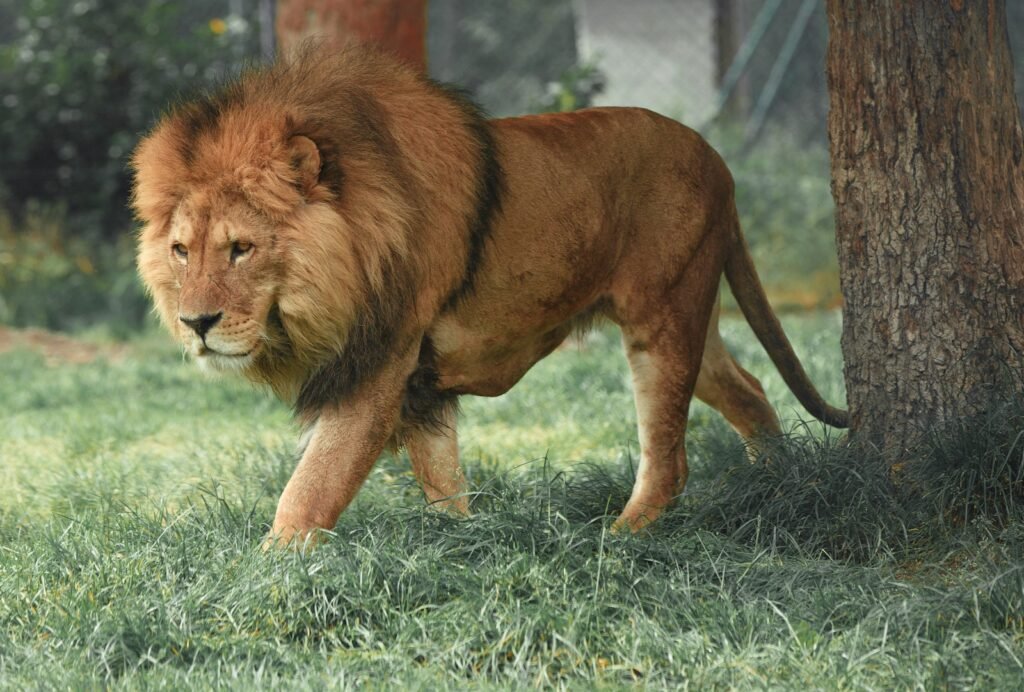
Dominant yet protective, assertive yet fiercely loyal—the lion embodies the power and presence of the Enneagram Eight. Often called the “king of the savanna,” the lion represents authority guided by instinct and responsibility. Like the Eight, its strength lies not in aggression, but in command.
Behavioral studies show that lions are highly social apex predators who defend their pride with ferocity but nurture their young with tenderness. This duality mirrors the Eight’s internal balance between control and care. When cornered, both unleash formidable energy; when secure, both lead with courage. Their roar, echoing across the plains, is a declaration of existence—“I am here, and I will protect what is mine.”
Type Nine: The Peacemaker — The Elephant
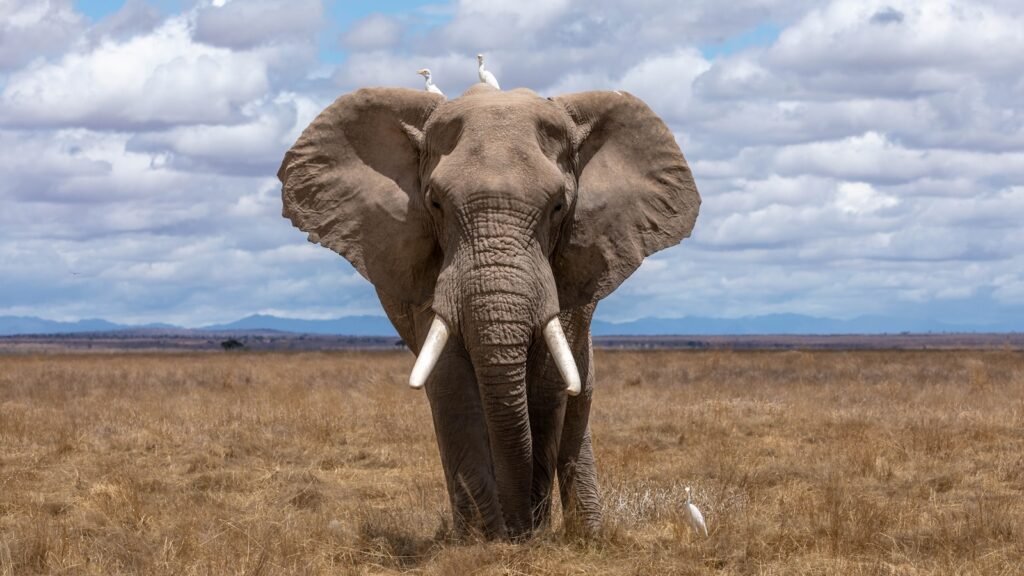
Gentle, patient, and profoundly empathetic, the elephant reflects the essence of the Enneagram Nine. Known for their intelligence and emotional depth, elephants maintain harmony within their herds and display complex social bonds. Like Nines, they are peacekeepers who prefer connection over conflict.
Neuroscientists studying elephant communication have documented low-frequency “rumbles” that convey emotional states across long distances—a literal resonance of unity. Their matriarchal societies thrive on cooperation and collective care, illustrating the Nine’s quiet strength. But when pushed too far, elephants—like Nines—can unleash immense power. Their presence reminds us that peace is not weakness, but wisdom in motion.
Why It Matters
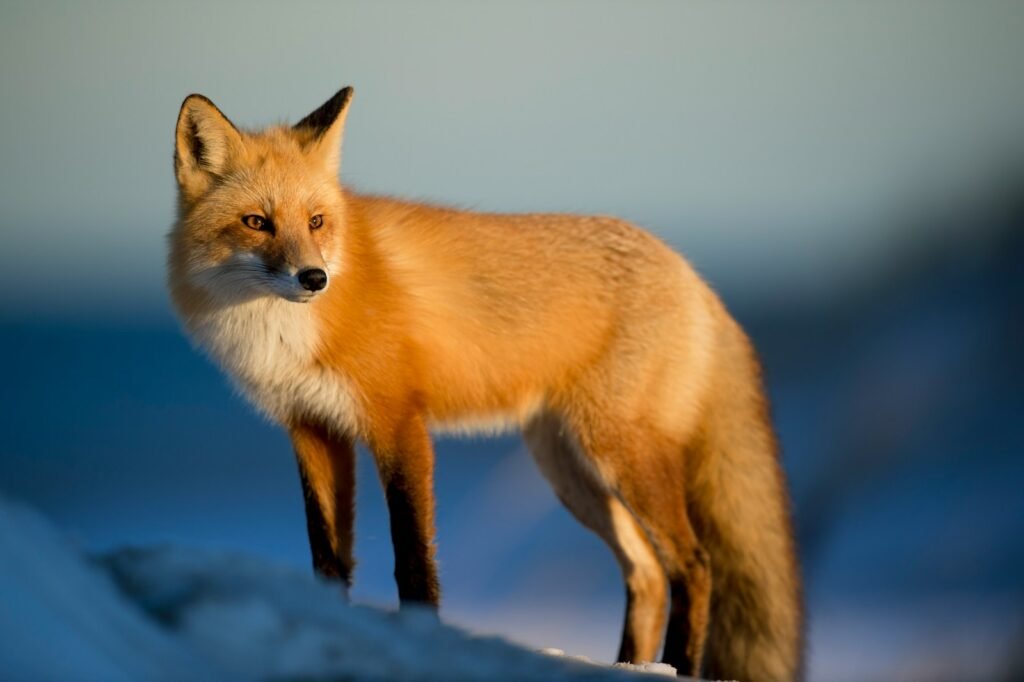
Understanding personality through animal metaphors bridges psychology and biology, helping us visualize abstract traits through living examples. Animal behavior research increasingly overlaps with human psychology, suggesting that evolutionary instincts still drive our emotional patterns. By aligning Enneagram insights with animal archetypes, researchers and educators can make personality science more tangible—and more empathetic.
Moreover, this connection deepens our respect for wildlife. Seeing our own motivations mirrored in animals blurs the perceived divide between humans and nature. It reminds us that cooperation, competition, fear, and curiosity are not merely human constructs—they’re ancient evolutionary strategies shared across species.
The Future Landscape
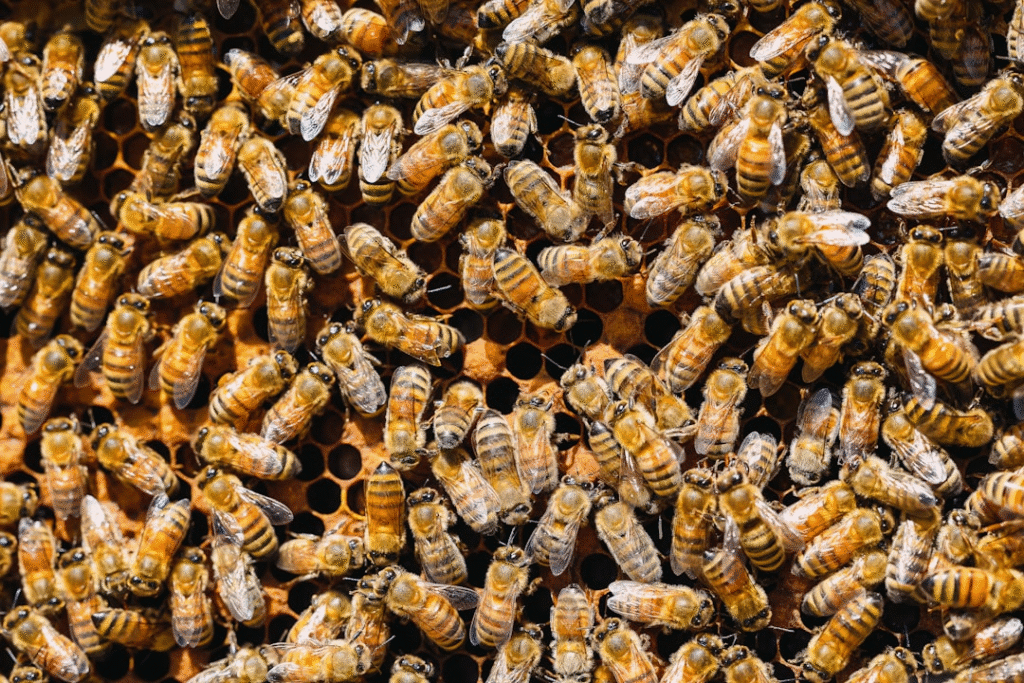
As neuroscience and ethology advance, the study of animal cognition and emotional intelligence continues to illuminate how personality develops and evolves. Future research may explore how empathy in dolphins parallels social sensitivity in humans, or how wolf pack structures inform leadership dynamics. AI-driven behavioral modeling is already being used to compare animal and human decision-making patterns—an emerging frontier linking psychology and conservation science.
Ultimately, viewing the Enneagram through the animal kingdom reframes both as tools for self-awareness. By studying animals not as “others” but as mirrors, humanity may rediscover its place in nature’s grand web—one defined not by dominance, but by shared instinct and understanding.
How You Can Engage

- Learn your Enneagram type and explore its animal counterpart to deepen self-reflection.
- Support wildlife conservation programs that protect the species featured here.
- Observe animals mindfully—in nature documentaries or local habitats—to notice parallels between their instincts and your own.
- Encourage empathy in communities and classrooms by connecting human behavior to natural systems.
The next time you encounter a soaring eagle, a howling wolf, or a quietly grazing elephant, look closer—you may just be meeting a reflection of your own spirit in the wild.

Suhail Ahmed is a passionate digital professional and nature enthusiast with over 8 years of experience in content strategy, SEO, web development, and digital operations. Alongside his freelance journey, Suhail actively contributes to nature and wildlife platforms like Discover Wildlife, where he channels his curiosity for the planet into engaging, educational storytelling.
With a strong background in managing digital ecosystems — from ecommerce stores and WordPress websites to social media and automation — Suhail merges technical precision with creative insight. His content reflects a rare balance: SEO-friendly yet deeply human, data-informed yet emotionally resonant.
Driven by a love for discovery and storytelling, Suhail believes in using digital platforms to amplify causes that matter — especially those protecting Earth’s biodiversity and inspiring sustainable living. Whether he’s managing online projects or crafting wildlife content, his goal remains the same: to inform, inspire, and leave a positive digital footprint.

